By: Briera Nix
When I first heard the term “healthy relationships,” I immediately thought about romantic relationships. However, there are so many different kinds of relationships that we interact with on a daily basis that can be considered healthy or unhealthy. There are paid supports (doctors, bank tellers, beauticians, grocery clerk, etc.), acquaintances, group members, family, romantic relationships, and friendships. However, the type of relationship that stands out to me the most is friendships. As a kid, my parents always encouraged me to hang out with kids that are good influences, but they never taught me what a healthy friendship was nor the importance of it. Sure my parents would use phrases along the lines of: “If they are your real friends, they wouldn’t treat you that way,” whenever I might have gotten into an altercation with a friend, but they never explained to me what exactly a good, healthy friendship looks like outside of not being mean to one another.
It’s important for adolescents to learn the importance of having healthy friendships when they’re young because “friendships can have a major impact on your health and well-being.” (Mayo Clinic Staff, 2019). “Healthy friendships nourish you and add to your life,” while unhealthy friendships leave you feeling empty and drained” (Bluestein & Katz, 2013).
So what makes a friendship healthy? Here are three aspects I think are important.
The first important aspect of a healthy friendship is communication. Having strong sense of communication allows friends to openly express their emotions, while also teaching them listening skills. Unhealthy communication can result in misunderstandings that lead to avoidable conflicts. The second important aspect of a healthy friendship is respect.
Having respect for one another allows friends to be accepting of their differences and disagreements. An unhealthy amount of respect can cause friends to feel uncomfortable when they hang out together and over time erode friendships.
The last important aspect of a healthy friendship is trust. Trust allows friends to feel a since of safety and security when things are being shared between one another. A lack of trust can cause friends to feel betrayed and develop trust issues.
So what’s the best way to teach adolescents the keys to a healthy friendship?
The best way to teach adolescents about healthy friendships is to start with friendship skills. Role-playing is one of the best ways to demonstrate what a healthy friendship should look like. It allows them to practice real-life scenarios, while giving you a chance to reframe their thoughts and responses. However, if role-playing does not seem like the best fit for you and your child, check out this website:
https://www.mylemarks.com/store/c24/Friendships_and_Relationships_Worksheets.html
This website does an amazing job with providing resources and worksheets that will help adolescents “learn the qualities of a healthy friendship, how to develop relationships, and helpful ways to cope with negative peer influences” (Mylemarks, 2021).
Resources:
Healthy Friendships and Relationships (ct.gov)
Friendships: Enrich your life and improve your health - Mayo Clinic
https://janebluestein.com/2013/healthy-vs-unhealthy-friendships
https://www.mylemarks.com/store/c24/Friendships_and_Relationships_Worksheets.html

